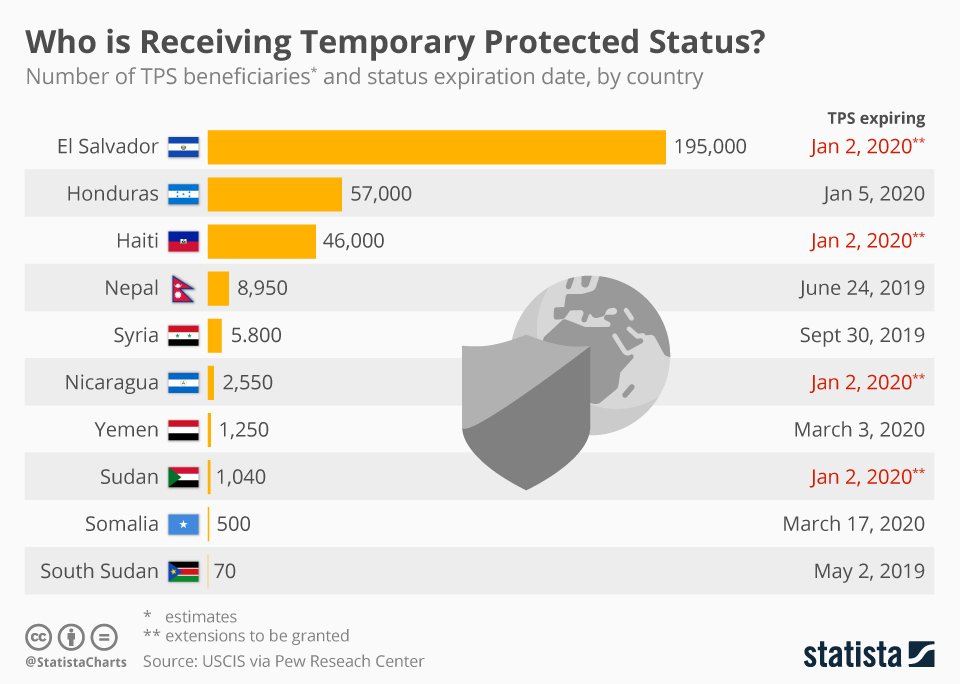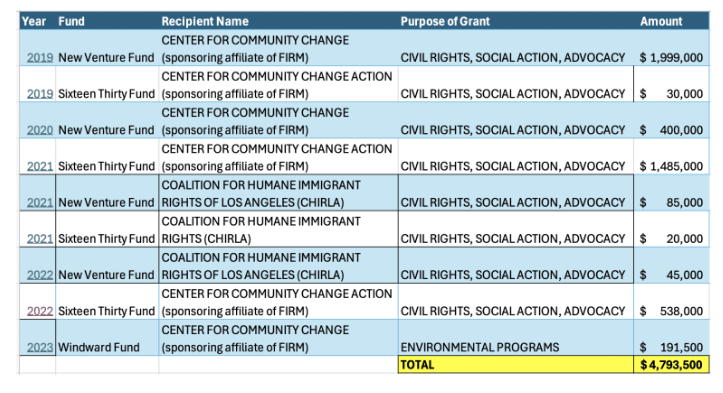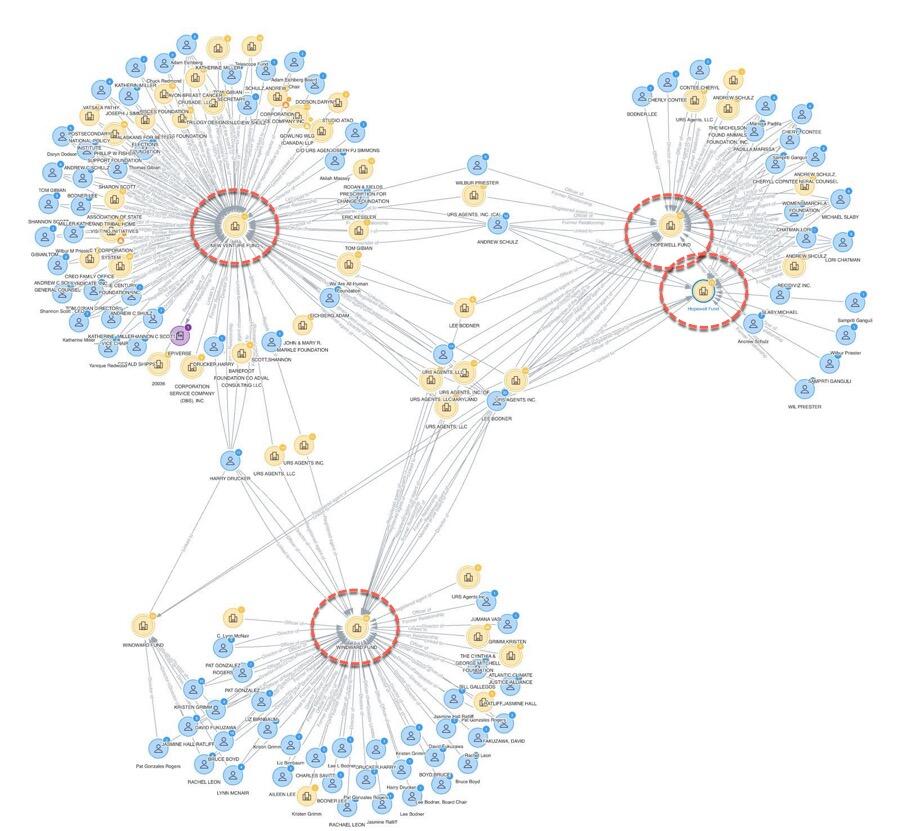by Cheryl Clark
The American Medical Association (AMA) House of Delegatesopens in a new tab or window voted Wednesday to oppose federal or state efforts to try to recover long-term care costs from Medicaid beneficiaries' estates.
"The government taking a house from a grieving family, for pennies in return, is not healthcare. That is state-sanctioned exploitation," said Dayna Isaacs, MD, MPH, speaking for the Resident and Fellow Section. "A grave should not come with a bill."
Sarah Mae Smith, MD, PhD, who was also speaking for the Resident and Fellow Section, said states that do recover costs from estates recoup small fractions of the amounts owed.
"The highest-income patients to whom estate recoveryopens in a new tab or window would putatively apply are also best able to evade recovery efforts by leveraging legal mechanisms, leaving poorer families and families of color to bear the brunt of these misguided policies," she said.
"Medicaid and estate recovery in the same phrase is an oxymoron," said Niva Lubin-Johnson, MD, speaking for the Illinois State Medical Society.
Gregory Pinto, MD, speaking for the New York delegation, expressed an opposing view. "Our AMA should not be trying to prohibit federal estate efforts to recoup these funds. In fact, several states are able to do so successfully."
The recommendation to oppose estate recovery came in the form of an amendment to an 8-page report from the AMA's Council on Medical Service that detailed the pros and cons of estate recovery. As proposed, the report had recommended that the AMA support making Medicaid estate recovery optional, instead of mandatory, for states.
"At this time right now, Medicaid needs every dollar that it can get to help care for patients" due to looming and widespread federal cuts to Medicaid, said Patrice Burgess, MD, a member of the council that compiled the report. "It is important to allow states that option," so more patients can get covered care.
However, so many delegates were against that, an amendment was introduced to oppose estate recovery efforts outright.
The report noted that just five states -- Massachusetts, New York, Pennsylvania, Ohio, and Wisconsin -- recouped nearly half of all Medicaid Long Term Services and Supports (LTSS) collections in the U.S., and that overall, "recovered dollars represent a small slice of what Medicaid spends on LTSS." Plus, the administrative costs of going after such assets "can be substantial," the report noted.
Medicare Opt-Out Advice?
The AMA had trouble gathering consensus about whether it should develop educational guidance for physicians to opt out of Medicareopens in a new tab or window, since payment to physicians treating seniors and the disabled has fallen far short of keeping pace with inflation, even as administrative burdens have risen.
The idea was that the AMA should develop on its website a prominently featured page with a step-by-step guide on how to opt out; an overview of legal, financial, and ethical considerations; information on alternative payment models and strategies to ensure continuity of care; and an FAQ section to address concerns or special scenarios doctors might face.
The resolution, introduced by seven state delegations, noted that participating in the Medicare program imposes "increasing administrative burdens and financial strain due to payment rates that fail to keep pace with inflation and rising practice costs." Many physicians, the proponents said, "are unaware of the process and implications of opting out of Medicare" or their ability to explore alternative payment models.
But would actively helping doctors drop out be a good service for its members? Or would it perhaps subject the AMA to criticism that it was, in effect, acting to reduce the supply of doctors available to treat the nation's seniors and disabled?
Delegates tried to soften the language by deleting one paragraph that might appear to be overly promotional for doctors to opt out. Before deletion, the paragraph would have allowed the AMA to "promote awareness of this resource among its members and provide additional support for physicians exploring alternative practice models."
Gregory Fuller, MD, speaking for the Texas Medical Association, said he understands "the optics don't look good" and pointed to negative press reports about the effort.
But he insisted that it's important "to have all options available so when people go to the website and look, they can see that option to opt out, but they can also see how to not participate or maybe they need to know how to get into Medicare. We want the optics to look good."
Ultimately, the resolution was referred to the Board of Trustees to make a decision.
GLP-1 Side Effects Registry
Another item prompting vigorous discussion was a proposal for the AMA to support a registry of patients' side effectsopens in a new tab or window from GIP and GLP-1 drugsopens in a new tab or window and their impacts on pregnancyopens in a new tab or window.
The resolution notes that besides their use in people with diabetes, there are limited studies on the potential side effects, such as muscle loss and bone density loss, especially in adults ages 65 and older.
It was approved with overwhelming support from the delegates.
"These are now given to a completely different population of people, [than they were originally intended] and a lot of people are taking these recreationally ... that we would describe as otherwise healthy individuals," said Alan Klitzke, MD, a delegate of the American College of Nuclear Medicine, who spoke for himself. "Some of them have obesity and some of them don't. And they're prescribed to a whole population of people that don't understand what the side effects may be."
"We've seen the commercials: that you learn how to dance or sing or play the guitar if you take one of these medications," Klitzke said.
Nita Shumaker, MD, an alternate delegate for the Organized Medical Staff Section that proposed the resolution, said she could find nothing on the FDA's website about "the newest side effectopens in a new tab or window I've seen, which is non-arteritic anterior ischemic optic neuropathy."
As an obesity medicine specialist, she added, "when I prescribe these medications for my patients, I want to know every potential side effectopens in a new tab or window and everything that is known in the literature, which is not easily accessible at this time."
Jonathan Leffert, MD, of the American Association of Clinical Endocrinology, speaking on behalf of the Endocrine Section Council, argued strongly against the registry, noting that the side effects "are well known."
"These drugs have revolutionized the care of patients with type 2 diabetes because of their effect on both blood sugar and weight loss," he said. "Several hundred papers have been written about these medications and their side effects, including in pregnancies, with many ongoing."
Pinto, of the New York delegation, supported the move. "These medications indeed are not new, but the marketing is new. A bigger advertisement requires a bigger warning label, and that's what this registry does."
https://www.medpagetoday.com/meetingcoverage/ama/116057








